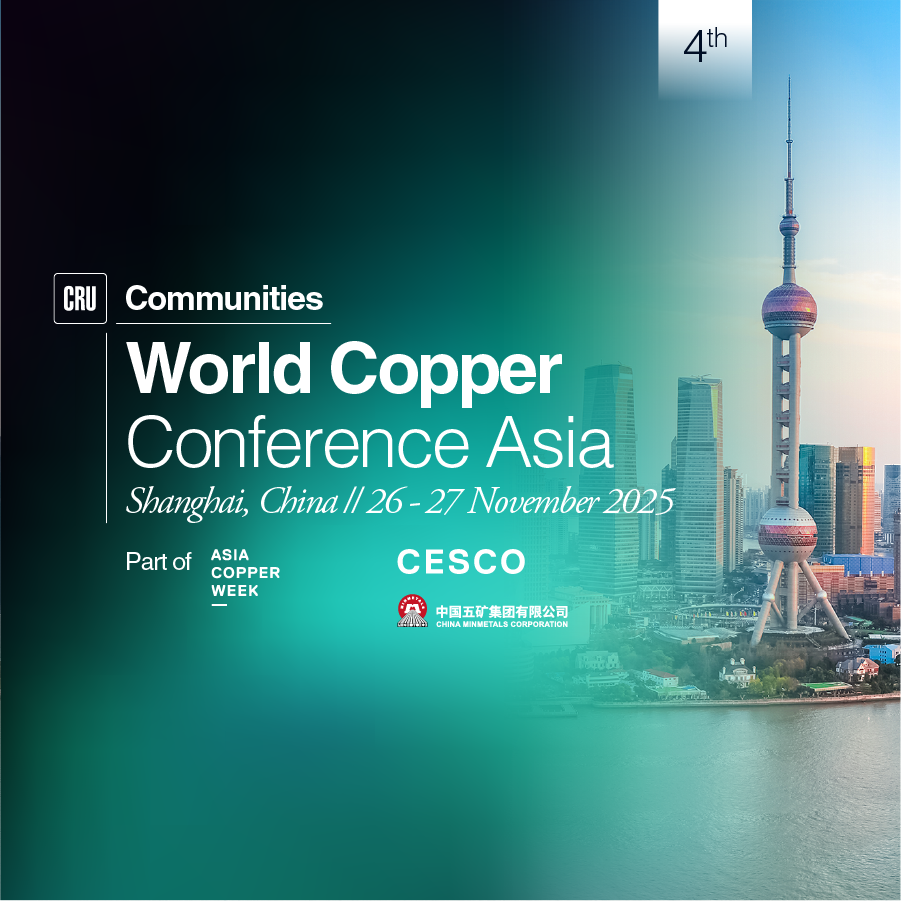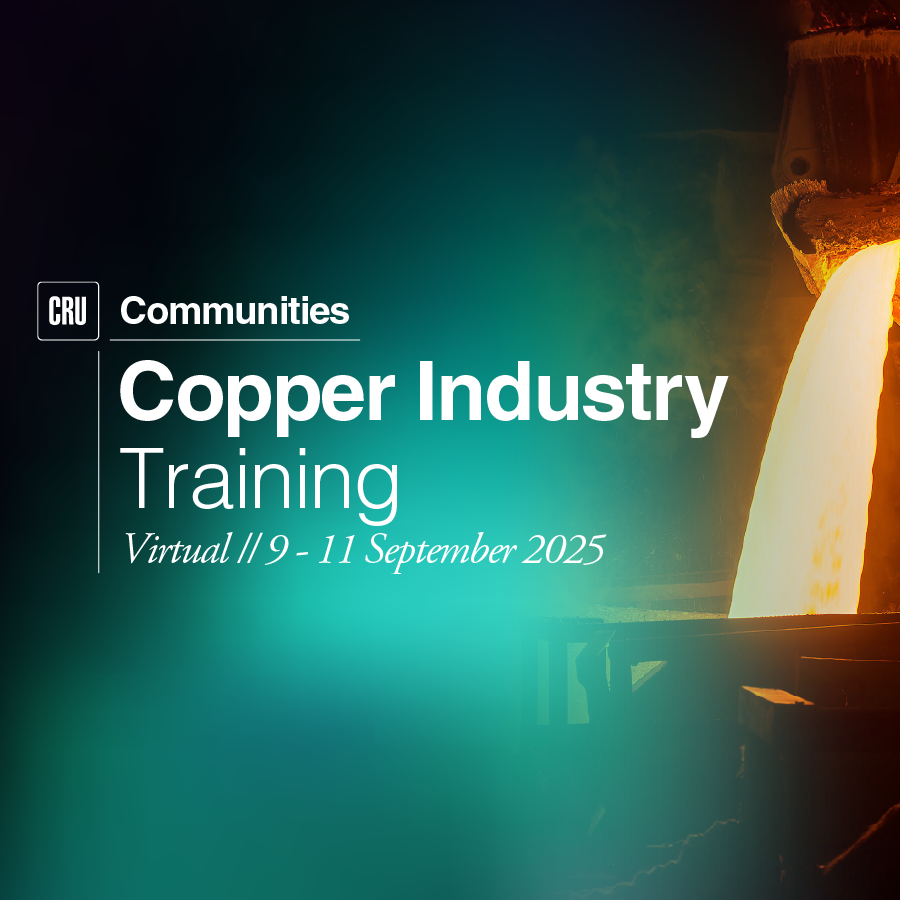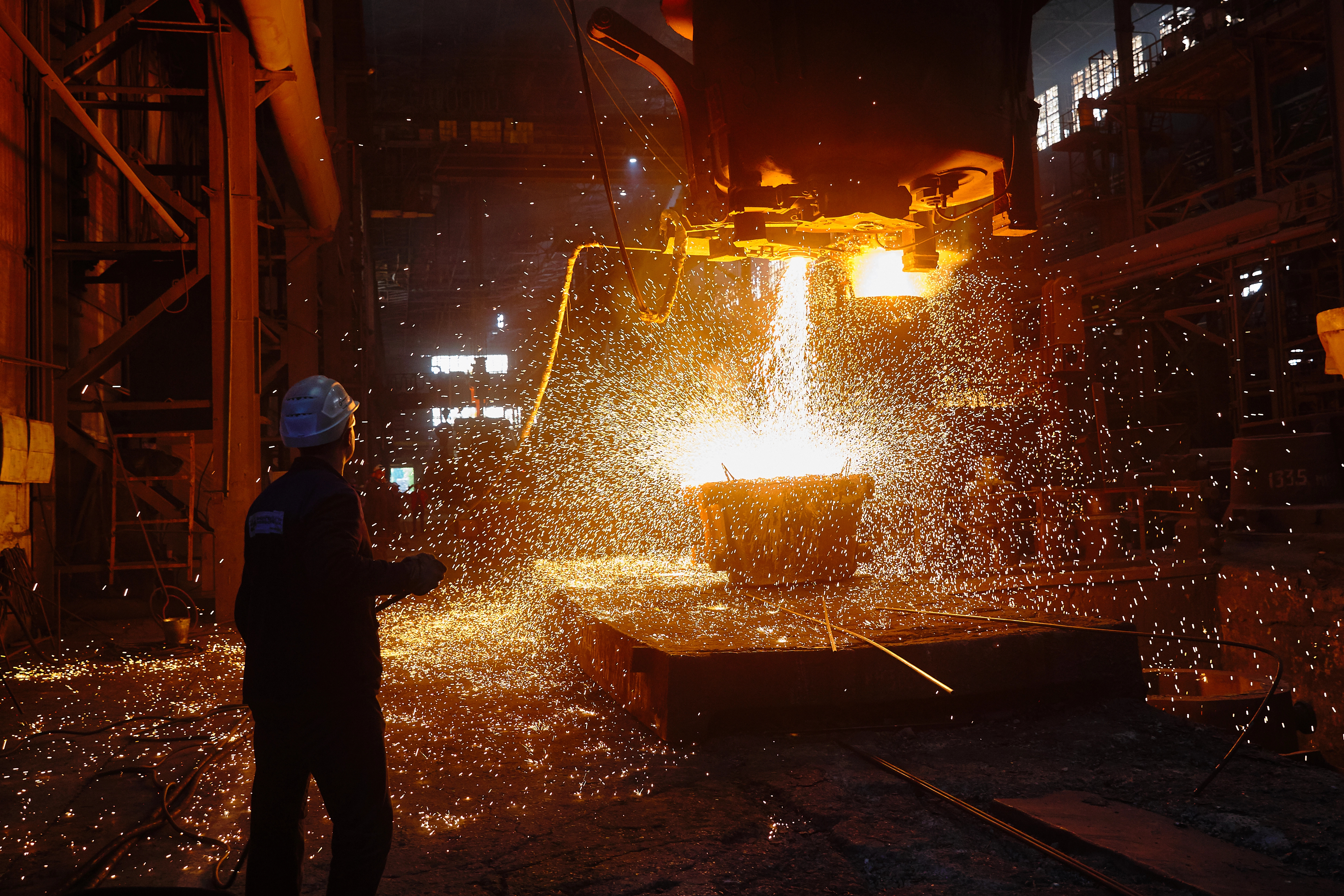Most copper miners’ intuitive response would be custom – and rightfully so. Benchmarking operational margins of primary smelters can provide a proxy for financial performance and business soundness. In fact, data shows that custom smelters on aggregate outperform integrated and partially integrated operations, which can be explained by multiple cost drivers and business levers that we outline in this insight.
The dominance of custom smelters has resulted in a highly competitive industry with a positive impact in miners’ realization costs – particularly evident at current TC/RCs levels that fell into negative territory in 2024 and will continue to see a highly imbalanced concentrates market. Thus, how can smelters remain competitive in this challenging landscape? What is the most suitable model for mining companies? Can geopolitical risks turn the tables in favor of an integrated model?
The custom market accounts for 63% of the global copper concentrate trade
There are three commercial models for a primary smelter: integrated, partially integrated and custom. Integrated smelters’ copper concentrates feedstock would typically be sourced from a single mine that is operated and/or owned by the same company – and that can be geographically adjacent or not. Custom smelters, on the other hand, are fully open to the market and procure their feedstock from multiple sources. Although the custom market is nearly twice the size of the integrated market, the market structure varies by region.
According to CRU Copper Concentrate Service estimates, China accounts for 45% of the world’s smelting capacity and has the highest number of custom smelters, making up 87% of the region's smelting assets – albeit only accounting for 10% of the global concentrate production. Conversely, North America and Oceania’s smelters are fully integrated with single mines or their owner's mines. Japan presents a more balanced situation, with 42% of its production coming from integrated smelters. This integration was established when Japan began financing mining companies in exchange for equity and off-take agreements.
Business model and cost levers – why do custom smelters excel?
It can be argued that integrated smelters might benefit in a tight concentrates market, as these operations have secured their feedstock. That said, evidence suggests the contrary, particularly when analyzing operational margins.
While typically a mine’scompetitive position would rely on its cost position, smelters should not only be benchmarked in terms of cost, but also margin – this is due to commercial levers that can be as relevant and distinctive as to cost performance differences. CRU’s Copper Smelting and Refining Asset Service results show that from a margin perspective, on aggregate integrated smelters underperform when compared to custom and partially integrated smelters. As illustrated in the figure below, integrated smelters in 2023 accounted only for 10% of the production in the best performing quartile (Q1) and 56% of the worst performing quartile (Q4) of the smelting industry.
Unlike integrated smelters, which focus primarily on supporting their parent mining company, custom smelters operate with higher market exposure, driving them to achieve higher standards, optimise their performance and maximise their margins. This cultural difference also hinders integrated smelters’ ability to adapt to changing market conditions. Furthermore, CRU Consulting identified four distinctive levers that impact each business model differently.
Our team identified that a key factor in a smelter’s success is achieving a high utilisation rate (in terms of anode/blister production over designed capacity), which significantly impacts its position on the industry's cost curve. Custom smelters, on average, achieve utilisation rates ten percentage points higher than integrated smelters. Data shows that integrated smelters experience greater challenges in reaching their planned anode production capacity, despite its integration with a mine that should be able to secure their feedstock.
The concentrates’ mix and specifications are also pivotal success drivers for the smelter. On one hand, low-quality feedstock can hinder efficiency, reducing anode output due to suboptimal copper grades. On the other hand, concentrate’s specs not only affect costs but also could maximise the smelter’s revenue from penalties, free metals and sulphuric acid, among other potential revenue streams. In this matter, case studies conducted by CRU have demonstrated that custom smelters have more options for strategically sourcing the feedstock that maximises the performance of the asset.
Location also matters. Smelters close to mining sites benefit from reduced transportation costs, shorter lead times, and lower inventory requirements. While custom smelters often secure strategic positions near ports for logistical efficiency, integrated smelters’ proximity to mines typically enhances transportation and financial synergies, including potential premiums charged to mines for cost savings.
Supply chain security and nationalism, two distinct geopolitical forces with one outcome – integration
Amid escalating trade tensions and heightened concerns about securing critical metal supply chains, governments may implement tariffs or quotas to support domestic production. Such policies could shift market dynamics, making integrated models more attractive. Additionally, rising consumer demand for traceability and secure supply chains bolsters the case for integration, as it offers better control over emissions, ethical practices, and overall supply chain transparency.
Resource nationalism-related policies further fuel integration trends, pushing miners to build or support in-country smelting and refining capacity. A recent example is Indonesia, which imposed export bans to promote domestic value addition and strengthen its downstream value chain. As a result of this national strategy, Freeport-McMoRan decided to construct a new copper smelter in Gresik. This smelter began operations in 2024 and is integrated with their Grasberg mining operations.
What does this mean for miners?
Mining's realisationcosts, encompassing freight, payables deductions, marketing, smelting and refining charges, constitute approximately ~15% of the mining’s operational cost structure – based on CRU’s Copper Mines Asset Platform. Consequently, fluctuations in TC/RCs directly impact mining economics. As smelters become more competitive and concentrate markets tighten, downward pressure on TC/RCs is likely to increase.
Given these dynamics, mining companies have benefited from a competitive downstream industry, driven largely by custom smelters. It is fair to assume that realisation costs would otherwise increase in the absence of this competitive custom smelter industry. However, the strategic question that should arise is this – in what context could be beneficial to invest in integrated smelting operations?
The answer depends on several factors, including (i) the company’s strategic objectives, (ii) the alignment of the company’s operational model with current and future market conditions, (iii) potential policy shifts in the countries in which they are operating, and (iv) their long-term ESG strategy. A thoughtful assessment of these variables is essential to determine the optimal path forward.
















